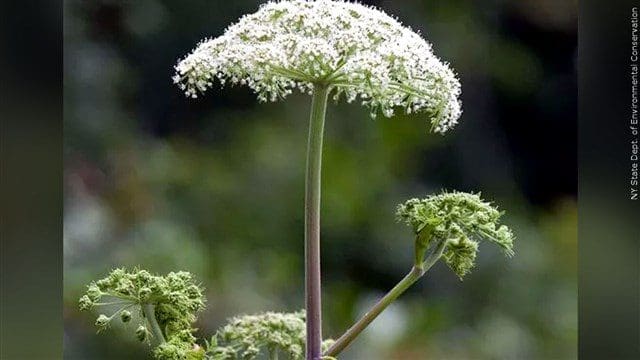By Pat Melgares, K-State Research and Extension news service
Manhattan, KS– Kansas State University has released a publication that helps farmers and other landowners sort through many factors related to controlling weeds on pastures and other land.
Weed scientist Sarah Lancaster said the 2023 Chemical Weed Control for Field Crops, Pastures, Rangeland and Noncropland is now available online from the K-State Research and Extension bookstore.
“Weed management decisions are complex not only due to the interaction of weed management with agronomic, environment, and economic factors, but also because herbicide labels are frequently updated and each company provides that information in different ways,” Lancaster said. “This publication is designed to provide decision-makers with one resource to find the unbiased information needed to develop an herbicide program.”
“It’s been more than 20 years since an herbicide with a new mode of action was registered, so it’s important that farmers and their advisors are good stewards of the products we have available. This means using nonchemical practices and being sure to mix and rotate herbicide active ingredients to help slow the development of herbicide-resistant weed populations.”
According to Lancaster, there are some new products outlined in K-State’s 2023 guide, particularly for corn, soybeans and wheat, but most of those products are combinations of existing active ingredients.
“This guide,” she notes, “can help decision-makers as a tool to compare the active ingredients in products so they can better compare branded products.”
The guidelines for applying herbicides are normally outlined on the product’s label.
“One thing to remember is that the label is the law,” Lancaster said. “In most cases, the label that is on the container being used will have the guidelines the user is obligated to follow. In some cases, that label may be older or newer than the information in the weed guide.”
She also urges landowners to remember that proper weed control often is influenced by weather.
“Fortunately famers and their advisers are accustomed to adapting to unexpected weather conditions, but there can be a lot of details, like crop height restrictions for late-season applications or crop rotation restrictions in a replant situation that need to be remembered as plans are adapted,” Lancaster said.
She adds: “Given the limitations of weather and the development of herbicide-resistant weed populations, it is very important that farmers consider what nonchemical weed management practices they will implement to support their herbicide program. It takes multiple layers of management to successfully control our most troublesome weeds, like Palmer amaranth and waterhemp.”
While the full publication can be viewed online, print copies of the 2023 Chemical Weed Control for Field Crops, Pastures, Rangeland and Noncropland can also be ordered online.
Updates to the guide will be made to the online version, as well as announced in the K-State Department of Agronomy’s weekly e-Update, and on social media (@KStateWeedSci).













